The Basics of High Blood Pressure
February 16, 2023

In healthcare, we talk about Primary and Secondary Prevention. Secondary Prevention is the proverbial “closing the stable door after the horse has bolted”. If someone has a heart attack, they are at a high risk of another within a year. Secondary Prevention measures applied correctly can greatly improve the situation.
The three pillars of primary prevention
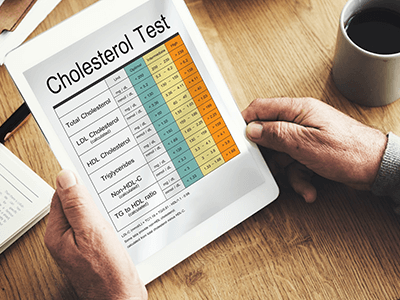
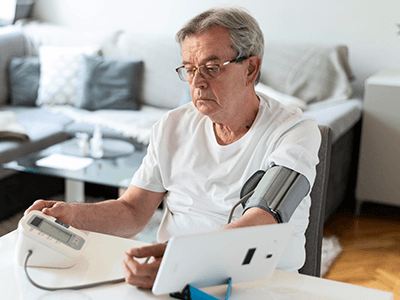
Smoking cessation is by far the most important, with benefits across almost every single organ in the body. Cholesterol treatment is a huge business, but the actual benefits are somewhat controversial in a general population. Cardiologists think everyone should be on a statin even before birth! Doctors who are aware that the heart is surrounded by a whole human being are less convinced – pointing out data that shows no overall benefits to general mortality or morbidity.
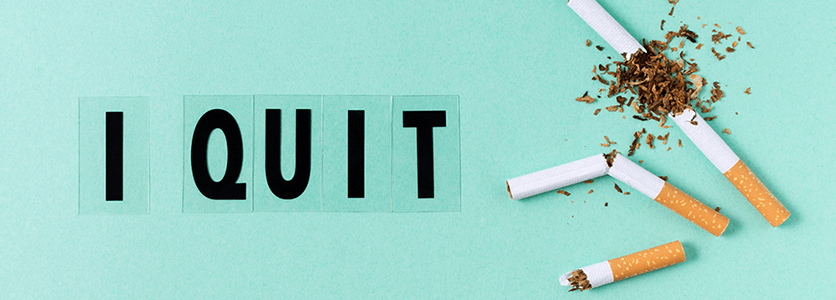
Blood pressure readings can fluctuate
Ironing out misconceptions about blood pressure

There are a few misconceptions about blood pressure. Firstly, it does not have any direct symptoms. People especially associate it with headaches, but it is the pain and stress of the headache that is elevating the blood pressure. It is not the high blood pressure that is causing the headache. It doesn’t exactly help to clarify the issue that a lot of blood pressure pills cause headaches as a side effect.
Secondly, it is also not really an out-of-hours emergency. It usually takes over a decade to start causing problems – hence it can wait till the next clinic hours.
Thirdly, it is not a disease per se. It is a regulatory setting in the body, wandering off course. If you have an infection, you take a week’s antibiotics, then stop and the disease is gone. If you take medication for high blood pressure for a week and then stop, you get the blood pressure back! Once treatment is needed, it usually ends up being a life sentence.
High blood pressure leads to other health issues
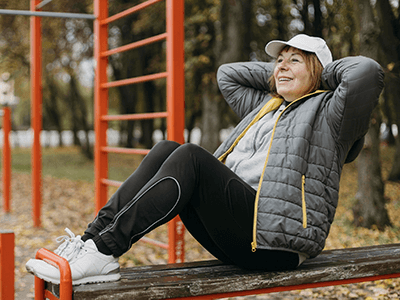
As is usually the case, treatment can be both non-pharmacological and pharmacological. Non-pharmacological measures are easy to remember.
- Don’t add salt to your food
- Cooking with salt in moderation is fine but pouring a salt cellar’s worth of salt over your smokey bacon is not! This is worth about 10mm Hg.
- Don’t drink heavily!
- A glass of wine a day is good, but a bottle of wine a day – not so much! This is worth 10-60mm Hg.
Drugs and tests for high blood pressure
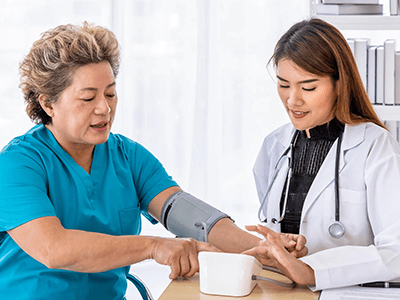
There is also a surprising Placebo contribution. New drugs must undergo a placebo controlled, double blind trial. It is not unusual for the placebo arm to match the real drug for efficacy in the beginning. It is only as the study wears on that the placebo loses its potency and the real drug starts to gain ground.
*Side note: Never trust a study that ceases after only a month!
The old school drugs are prone to causing a lot of side effects. For example, Beta blockers might improve your ability at pool or darts but will also prevent you from enjoying the fruits of victory. The newer classes are much better in this respect. Both efficacy and side-effects can vary widely across individuals, and it is not a case of one size fits all. Starting antihypertensives is best done via a Primary Care Physician and will probably take a few months to get right. Once stabilized, it is still worth reviewing (including blood tests) every six to nine months.
*Side note: Never trust a study that ceases after only a month!
The old school drugs are prone to causing a lot of side effects. For example, Beta blockers might improve your ability at pool or darts but will also prevent you from enjoying the fruits of victory. The newer classes are much better in this respect. Both efficacy and side-effects can vary widely across individuals, and it is not a case of one size fits all. Starting antihypertensives is best done via a Primary Care Physician and will probably take a few months to get right. Once stabilized, it is still worth reviewing (including blood tests) every six to nine months.
Dr Julian Martin Chadwick - Internal Medicine Physician
Columbia Asia Hospital - Saigon
